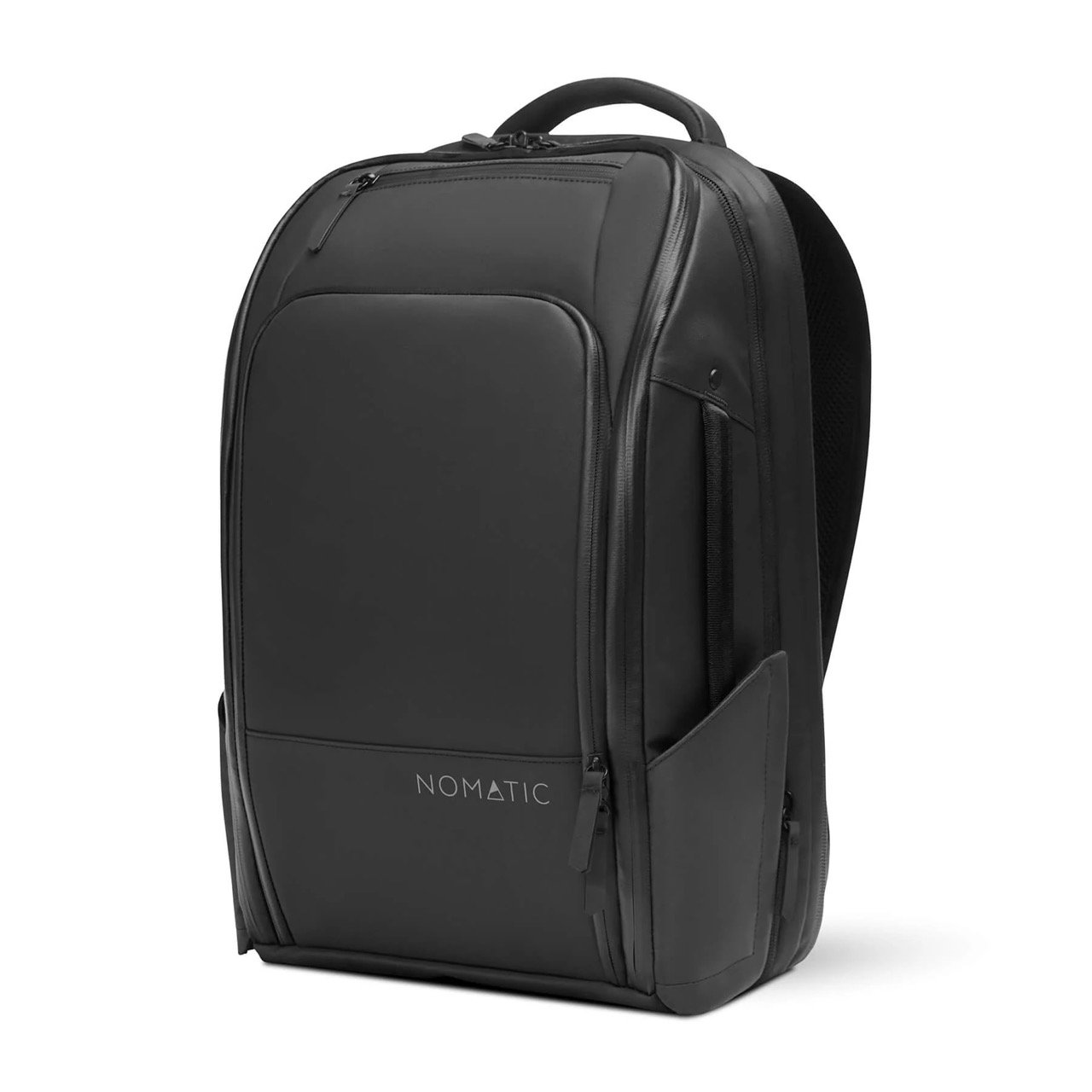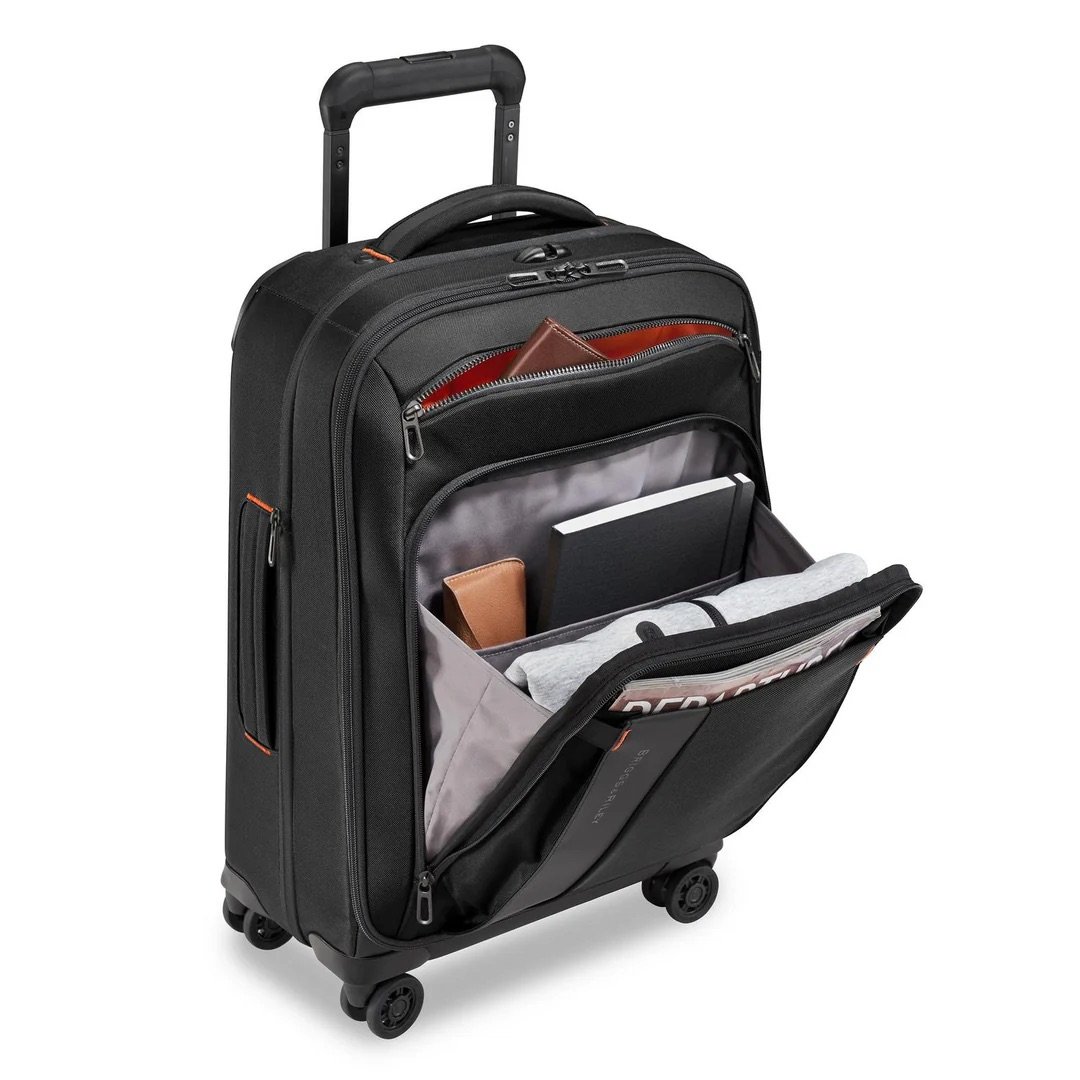Using eSIMs for International Travel
Recent Articles:
Staying connected while traveling internationally doesn’t have to be a hassle, thanks to eSIM technology. A very common question that we see in our YouTube video comments is:
Do you use eSIMs for your mobile phone when you travel internationally?
The short answer is, “Yes, we do use eSIMs.” That’s not a complete answer, though, so before I explain why, I need to start with a definition of an eSIM.
What is an eSIM?
SIM stands for Subscriber Identity Module and the chip on the SIM allows a phone service provider to identify your device on their network. If you’ve ever purchased a SIM card that had to be inserted in your mobile phone before you could use it, an eSIM works the same but without the requirement of a physical card. It’s an electronic — the ‘e’ in eSIM — card that allows a cellular provider to add a phone number and services, like data, to your phone. There’s nothing to pop out or insert into your phone. Some phones, like the newer iPhones, don’t even have a slot for a physical SIM and instead only support eSIM activations.
When you buy a mobile phone and choose a carrier, that carrier will give you a way to connect your eSIM to their service. This is how you register your primary phone number to your device. Many modern cell phones also support a second eSIM, which you might use to buy international data when you’re outside your home country without turning off your carrier eSIM that holds your primary phone number.
How we use eSIMs
So going back to the original question about how we use eSIMs in our iPhones: We have a T-Mobile Magenta 55+ plan that includes 5GB of data using 3G speeds and supports over 140 countries. This means that our phones have immediate access to calls and data from the moment we turn off airplane mode. It’s very convenient and has worked well for us since 2016. But, since we’re full-time travelers and YouTube creators, we also pay for an additional service that provides 15GB of data at 5G speeds. That add-on also covers unlimited, free international calls and texts. The monthly cost for that add-on is $50 per phone.
Is it worth $100 a month for us? Yes, but mostly because of our data-hungry needs as content creators. We can’t always rely on Wi-Fi being available and we use a lot of data for navigating in unfamiliar cities and downloading research on local places. It’s also cost effective because of the free international calling. This plan also helps us because our friends and family don’t have to change how they contact us, especially family members that are more technologically challenged or confused about us having a new phone number in each country. It’s one part of our plan to combat homesickness while we’re on the road. We also don’t pay anything extra for a two-hour chat with someone. If we didn’t have this plan, roaming charges for 120 minutes at $.25 per minute come to $30 — and that’s just one long call.
Alternatives to expensive cellular plans
Could we save money by downgrading our U.S. cellular service plan and using a service like Google for our phone number and local eSIMs for data? Probably, but there are downsides:
Use Google Voice. This can be a good solution for people who already use many of the Google services, but beware that Google has canceled services often over the years and Voice could end up being one of them in the future. I’m not comfortable transferring my primary number to their phone service for several reasons, including privacy concerns, but you’ll have to weigh that concern yourself. Apple’s iMessage services use end-to-end encryption, which is missing from most other texting solutions. There are also reports of Google Voice not working with some services that send codes via text messages to verify a login is actually you, particularly banks. If you’re okay with these risks, this could be an inexpensive alternative to traditional cellular services with a roaming plan.
Use WhatsApp or FaceTime for calls. This alternative requires more effort for your friends and family. For a few of our older family members who don’t understand apps on a smartphone, it’s a non-starter. Using these app will also chew up data and might require you to pay more for your eSIM package. You’ll still want to have WhatsApp installed on your phone for international travel because it’s the default communication service in many countries outside the U.S. It also has the bonus of a built-in translator to communicate effortlessly with people texting in a foreign language.
Purchase a local eSIM for each country. We could use an app like Airalo, Nomad eSIM, or Holafly and buy just the data we need for the country we’re in. This would require us to be more prepared when traveling to a new place, but if we could force ourselves to use less than 15GB of data, there are savings to be had. Not all eSIMs are created equal and you will have to be a careful shopper. The Holafly service is great for people who need unlimited data, but it’s definitely more expensive than our $50 add-on that works for 30 days.
Manage data and calls on two eSIMs. There are ways to configure eSIMs to split the tasks of using data and handling phone calls. Again, this requires more effort than we want to devote to it and could cause us to run up significant roaming charges if we aren’t careful.
Our recommendations
What should you do when traveling? If you don’t need a lot of data, you can easily save money by using an eSIM for internet access — especially if you only need 7 to 14 days of data. If you don’t have an eSIM app, I’d start with Airalo. They offer a variety of packages for different countries or regions and you can find an affordable service that works for you. All the eSIM apps have clear instructions on how to install an eSIM and most work on both iPhone and Android devices.
Make sure you purchase your eSIM before you arrive in a new country, especially if you need to use an app on your phone to navigate to where you’re staying. There are booths in airports and shops in many cities that sell both physical SIMs and eSIM services, but you don’t need to wait until you arrive if your phone has an eSIM. Shop for the best data prices in the eSIM apps and save yourself money, time, and the hassle of waiting in a queue with your luggage.
If you’re a full-time traveler with heavier data needs, you might want to investigate options offered by your mobile provider. We chose T-Mobile because it “just works” for every country that we’ve lived in — over 24 of them as of this article. There’s always a cost for convenience, but for us this solution is worth it.
If you have any tricks or tips regarding eSIMs, I’d love to hear about them in the comments.





